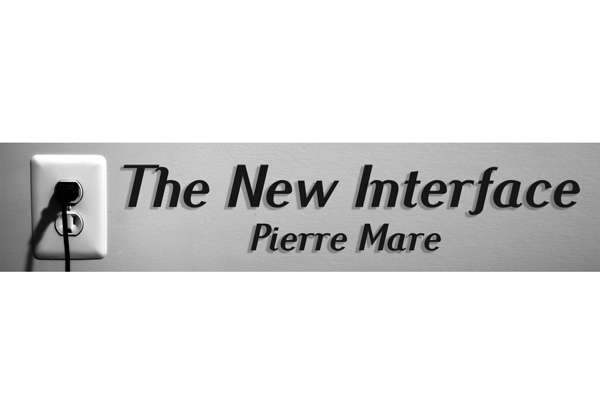
Truth and beauty in annual reports

In the Seventies and Eighties, the idea of desktop publishing was science fiction. Typesetting was normally done with Letraset, to be converted to photo lithographic plates from which printing was done. A large document such as an annual report could take weeks to produce, and even the thought of slightest error could produce cold sweats and heavy billing.
The arrival of desktop publishing (DTP) opened a new world in the Nineties, allowing for far more flexibility in production, particularly in key corporate annual reports. In other words, annual reports could be produced ‘on the fly’ with audit and other changes being serially incorporated into what would become the final design.
The benefit was obviously freedom to make changes and amend errors as they were spotted, as well as leeway for design aspects. Ironically, freedom to change and amend was also a downside, as each document went through various iterations.
I remember the heartburn and stress of one creative director who came from the Letraset generation as round after round of audit changes came in for DTP. However the world moves on, and changes are about par for the course now, though the less the merrier, still.
Depending on the philosophy and values of the entity, the annual report is expected to tell the truth of a company’s activities, but it can also be a thing of beauty.
Concerning the truth, the forms of conveying that truth are evolving. During the Letraset era, annual reports were vastly simplified, compared to what they are today. Typically they would consist of a Director and CEO or MD report, the basic financial statements and relatively abbreviated notes. DTP, if anything, has allowed the document to become far more comprehensive, rather that suggesting that anyone who wants to know more should visit the offices of the entity for a more detailed examination of accounts and any necessary explanations, by a serious financial person.
Concerning the beauty, software now makes far greater improvements in design quite possible, if time and a motivated senior designer are available. And there is a distinct need for design.
One of the things that has become abundantly apparent is that at upper levels of the hierarchy, the annual report is a marketing document in addition to its role in demonstrating compliance, a mark of the firm’s philosophy, its evolution and its transparent accountability.
Yet there is also the awareness that it will not be examined in great detail.
In order to address the matter and make the annual report a more functional communication tool, it is probably safest to look at it as a document in two parts. The first part communicates to stakeholders or shareholders. The second part, the statements and copious notes, demonstrate transparent accountability in the event of a challenge or question.
In other words this means that the document has one large group of readers with a subset of specialist financial readers. The trick then must be to capture and communicate to the broader group in the section of the report that does not deal with the financial minutiae. This requires good design to bring the information across, stop the reader on each page, with an interesting piece of information, that communicates the character and impact of the entity.
A quick web search for best design practices shows that the front (non-financial) parts should avoid a template to as great a degree as possible. Pages should be different from one another to stop the eye. Tactics here involve particularly the use of infographics, graphs and take-out boxes (factoids).
The effect of this will be to halt the idea that each page can be flipped over as each page appears the same.
In terms of writing, the simpler the better. The more complex the sentence construction, the less easy it is to absorb and understand information.
The annual report should be at the top of every designer’s list of favourite jobs, a thing of truth and beauty.











































